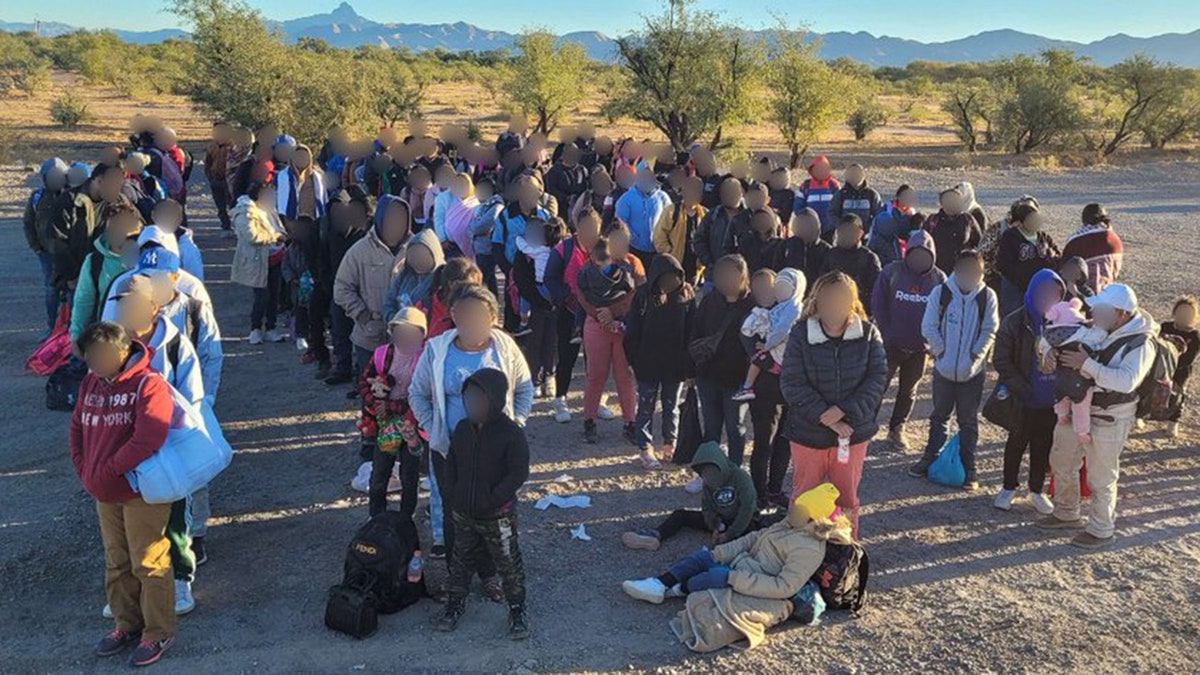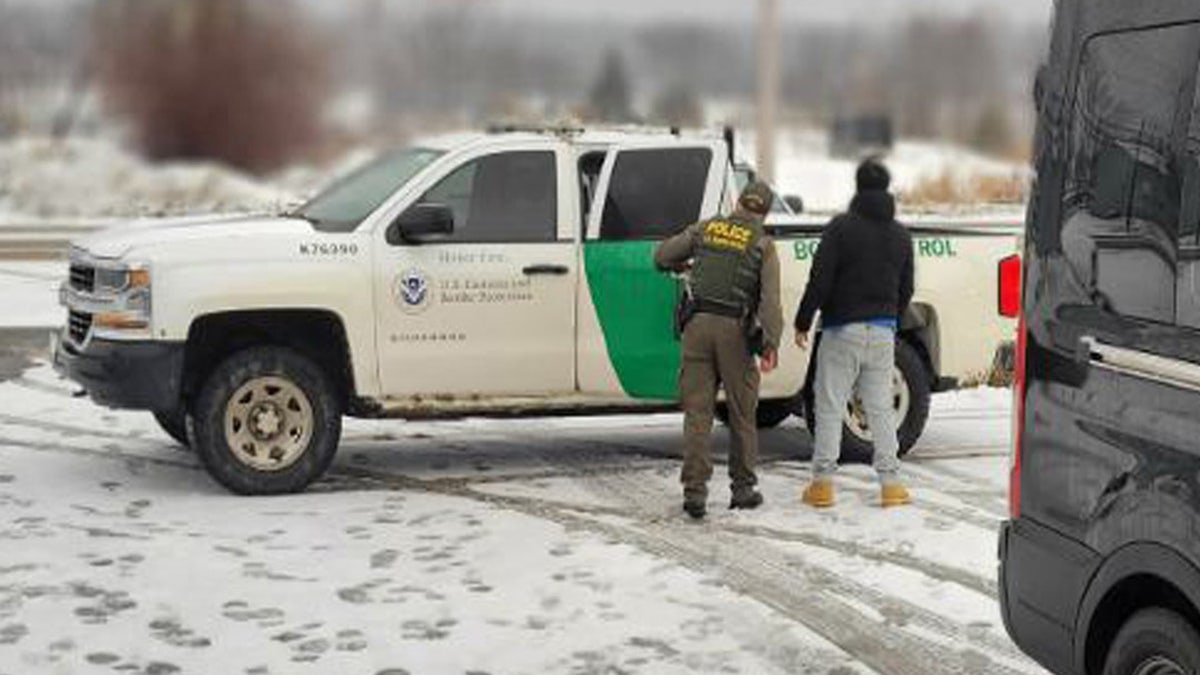Secretary of the Interior Doug Burgum visited New Mexico on Tuesday to announce the U.S. Army will take control of nearly 110,000 acres of federal land along the U.S.-Mexico border, the latest attempt to curb illegal immigration and trafficking.
The 109,651 acres of federal land will be transferred to the Army for three years, subject to valid existing rights, according to a statement from the U.S. Department of the Interior.
The move comes after President Donald Trump last week signed a memorandum, “Military Mission for Sealing the Southern Border of the United States and Repelling Invasions,” directing the secretaries of Defense, Interior, Agriculture and Homeland Security to take control of federal lands “reasonably necessary to enable military activities.”
The switch in jurisdiction will allow the government to protect sensitive natural and cultural resources in the region, while helping the Army support U.S. Border Patrol operations in securing the border and preventing illegal immigration, according to the Department of the Interior.
NAVY DEPLOYS ANOTHER HOUTHI-FIGHTING WARSHIP TO NEW US SOUTHERN BORDER MISSION
“Securing our border and protecting our nation’s resources go hand in hand,” Burgum said in the statement. “The American people gave President Trump a mandate to make America safe and strong again.”
Burgum said the change reflects Interior’s commitment to public safety, national security and responsible stewardship of public lands.

TRUMP ORDERS MILITARY TO TAKE CONTROL OF FEDERAL LAND AT SOUTHERN BORDER
The Army requested the transfer on “an emergency basis,” so they could increase regular patrols by federal personnel.
Trump declared a national emergency earlier this year along the southern border.
The Army will also be able to build infrastructure to prevent illegal immigrants, human traffickers and narcotics from crossing the border.

The department noted the crisis along the border is not limited to national security and law enforcement concerns, but also “presents an environmental crisis.”
Nearly two dozen federally endangered species live in the region, which was previously managed by the Bureau of Land Management.
The region also contains cultural sites that range from small artifact scatters to large multiroom pueblos, which could be harmed by repeated foot traffic, unregulated vehicle use and the creation of informal trails or camps, according to the statement.
High-traffic illegal crossings could lead to soil erosion, damage to fragile desert vegetation and critical wildlife habitat, loss and damage to cultural resources, increased fire risk and pollution from trash and human waste.
The department acknowledged some of the land transferred to the Army is essential to the livelihoods of local communities and said the Bureau of Land Management will work with the Army to ensure “some” uses will continue to support local grazing and mining.












